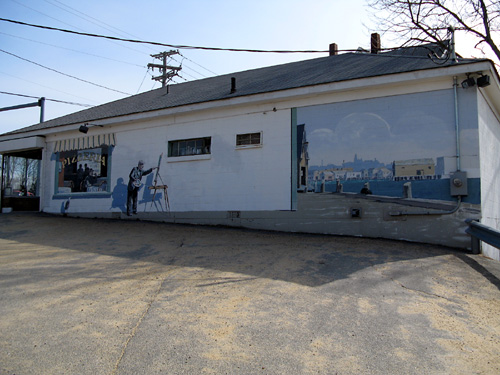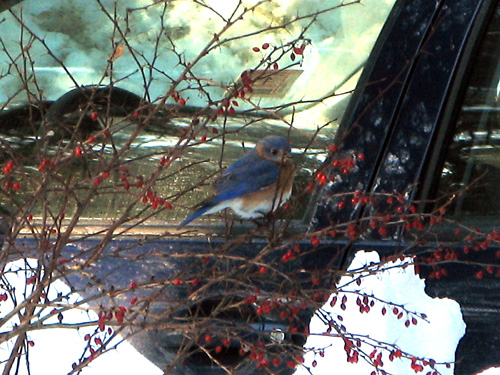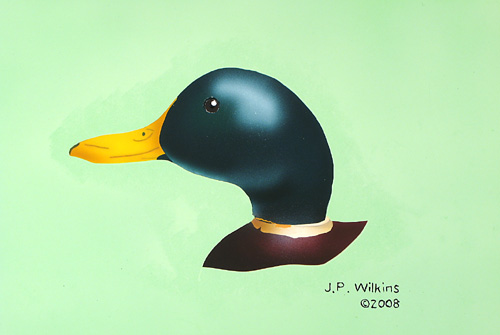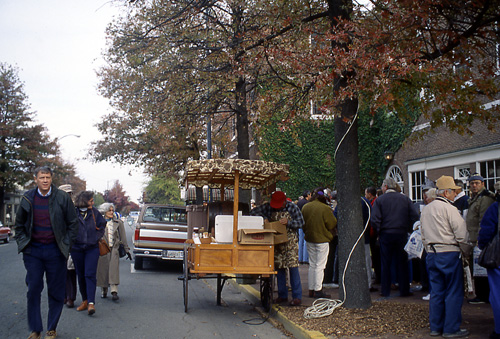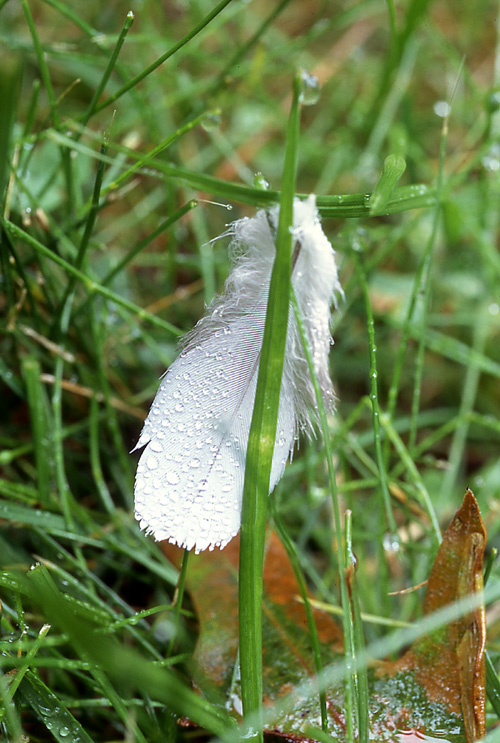A couple of summers ago, I took a course called Environmental History. On the first day of class, as had been true in every other class I’d taken before then, we were asked to tell our classmates a little bit about ourselves. When I mentioned my interest in conservation art (or art for conservation), I was surprised that no one, including the professor, knew anything about it but I was also encouraged by the student’s and professor’s enthusiasm to know more.
Okay then, what is conservation art?
First of all, look in any dictionary and you will find that the term conservation means the preservation from destruction and/or neglect. Well, to me, because I am a nature lover, conservation means the preservation of wild animals, birds and habitat. Thus, in the case of conservation art, that means any art (though, in most cases, the genre or theme is nature or wildlife) that is used to raise funds for wetlands purchase and protection, or the preservation of threatened and endangered species, or the protection of wild lands against human encroachment, and so on. Admittedly though, when one mentions conservation art, more often than not, it’s “duck stamps” or waterfowl art that comes to mind.
Duck stamps?
Yes, they’re affectionately referred to as duck stamps! But, they’re really called migratory waterfowl stamps. Every duck or waterfowl hunter must purchase a Federal Migratory Waterfowl Stamp as part of their license, although, you don’t have to be a hunter to buy one, they are available for purchase by anyone. In addition to the Federal Duck Stamp program, many states also have conservation stamp programs and many of those are also required as part of a hunter’s license. And, again, these stamps are available for sale to non-hunters as well.
But now, back to conservation art … before any of these stamps are issued to hunters, stamp collectors or conservationists, they are art competitions or commissioned works of art. The granddaddy of them all is the Federal Migratory

Original artwork by William C. Morris
Stamp Art Competition. It was started in 1934 as commissioned work then later changed to an art competition. I first learned about this stamp art program back in 1984 (or, maybe it was 1983), from an article that appeared in an issue of Smithsonian magazine, when the program was celebrating its fiftieth anniversary. Well, the program is now 76 years old and, through the sale of those stamps, has “raised more than $700 million that has been used to acquire more than 5.2 million acres of habitat for the National Wildlife Refuge System” (see The Federal Duck Stamp Program).
Massachusetts Duck Stamp is “Unique”
Many state duck stamp programs aren’t nearly as old as the Federal program, probably around thirty-five to forty years old on average, however, for most state programs, it was the Federal program that set the standard, so to speak, when it came to the rules that artists must follow, that is, the design must depict “[a] live portrayal of [the duck].” But Massachusetts duck stamp art rules are “unique” in that the design must portray “a WORKING (not decorative) decoy of a duck, goose, or shorebird made by a known or unknown deceased, Massachusetts decoy maker” (see my earlier entry called “Massachusetts ‘Duck Stamp’ Competition to be ‘Revisited'”).

Canvasback Drake Decoy head by unknown carver. This working decoy is in the collection of the Peabody Essex Museum, Salem, MA.
This is NOT a duck stamp entry but is from a series of decoy portraits that I’ve been creating as a personal project. The artwork is in watercolor and watercolor gouache applied using an airbrush and traditional brushes on Ampersand Claybord.
Conclusion
Of course, conservation art is so much more than just duck stamps. As was mentioned earlier, conservation art is any art used to raise funds for the preservation of all that is wild and can be rendered in oil, watercolor, colored pencil or graphite, or it can be sculptures in wood or stone or metal, and so on. Oh! And other labels apply to conservation art as well such as art for conservation, environmental art and art for sustainability, although fair warning here, some of these labels, in particular, environmental art can have other meanings too (in this case, environmental art is sometimes applied to outdoor sculpture that poses no harm to the environment). But, it really doesn’t matter what label you apply here or what medium you choose to work in. What is important is that the purpose of the art be for the preservation of planet earth and all of the life that call this planet home!






